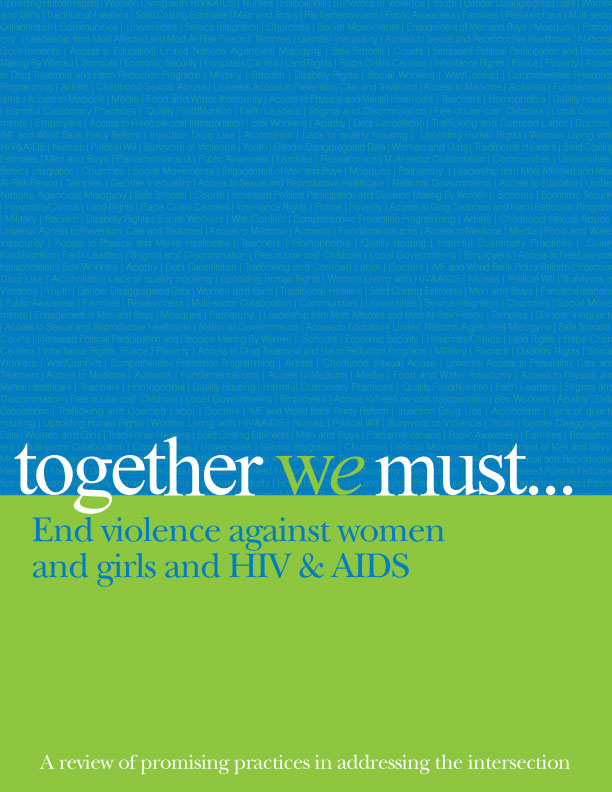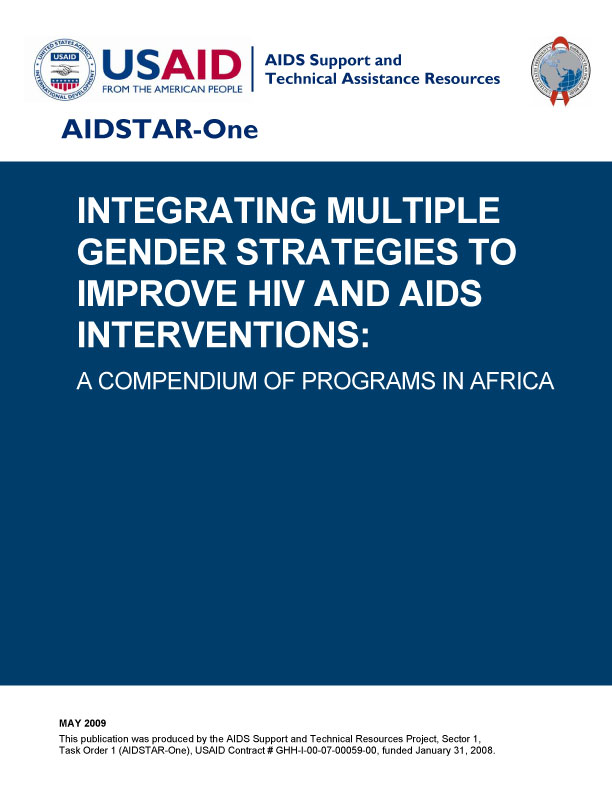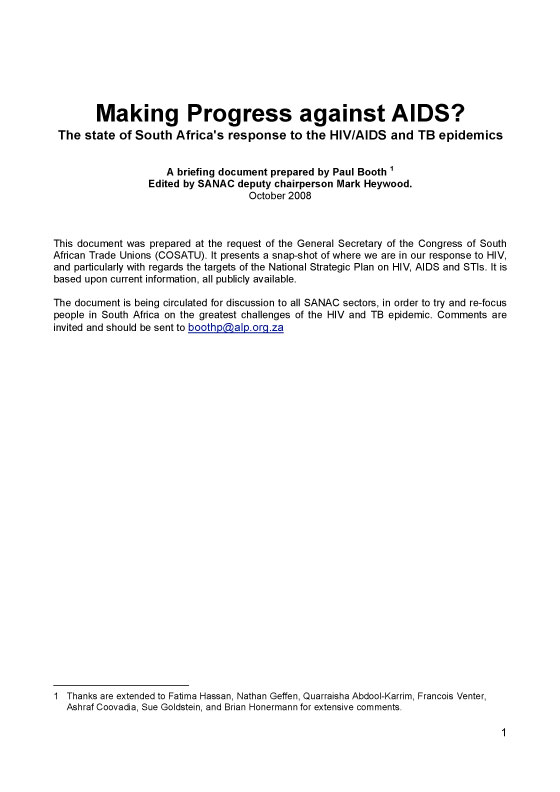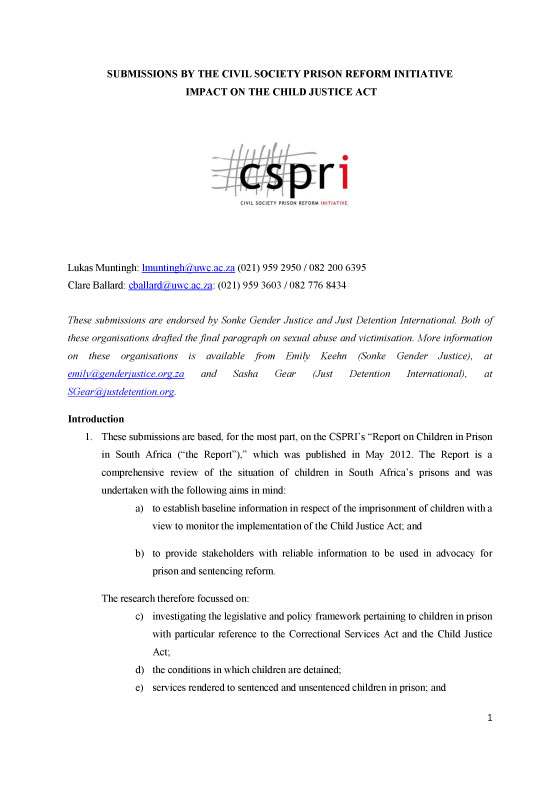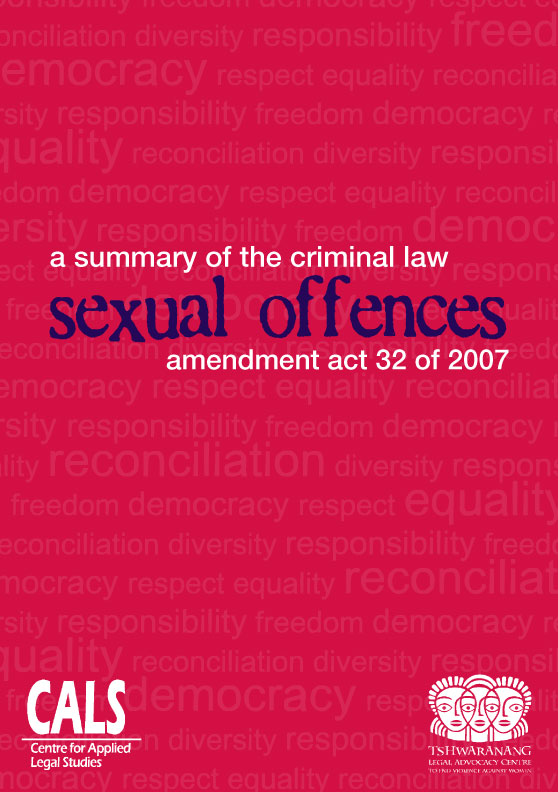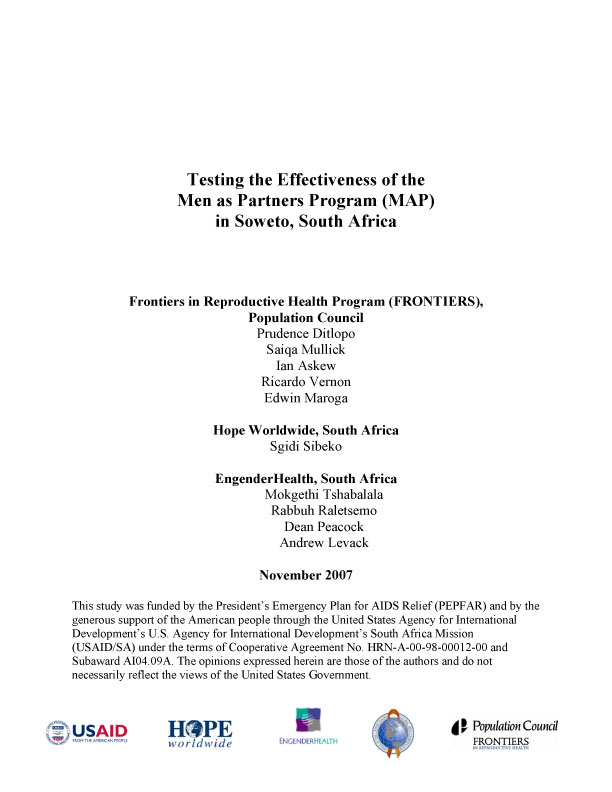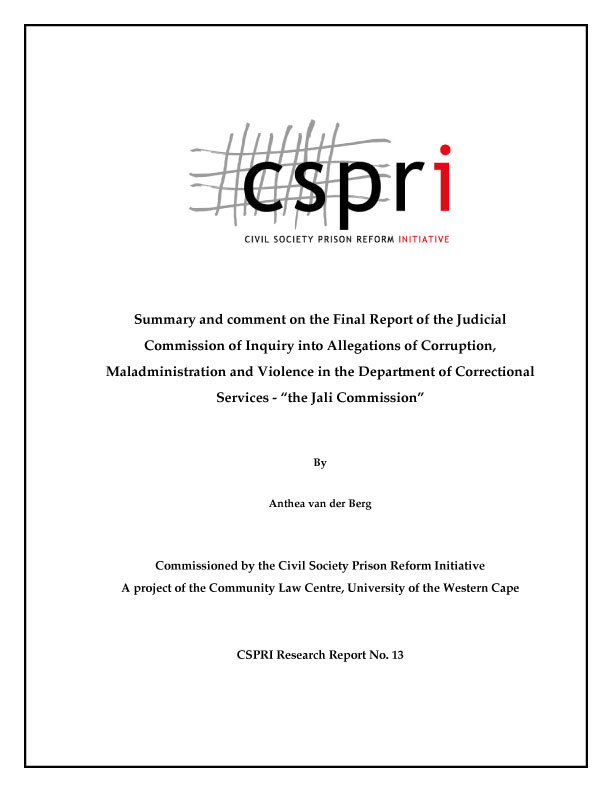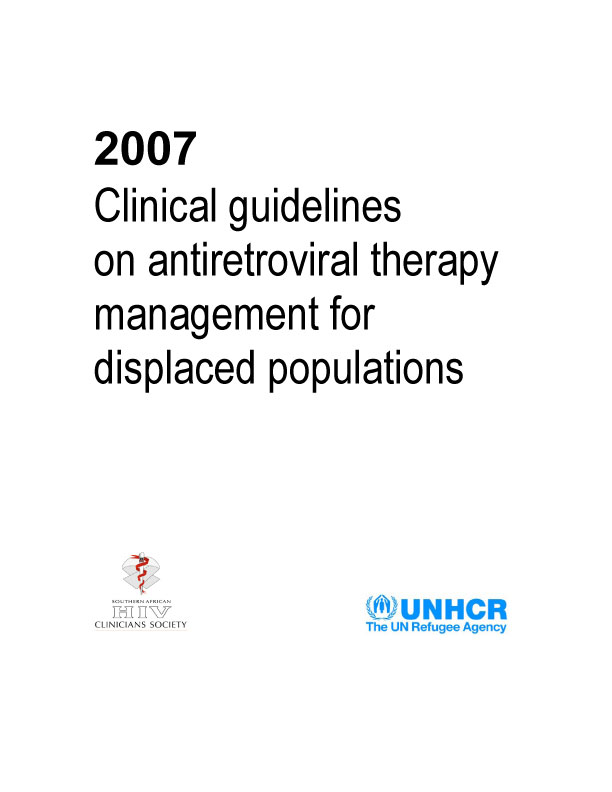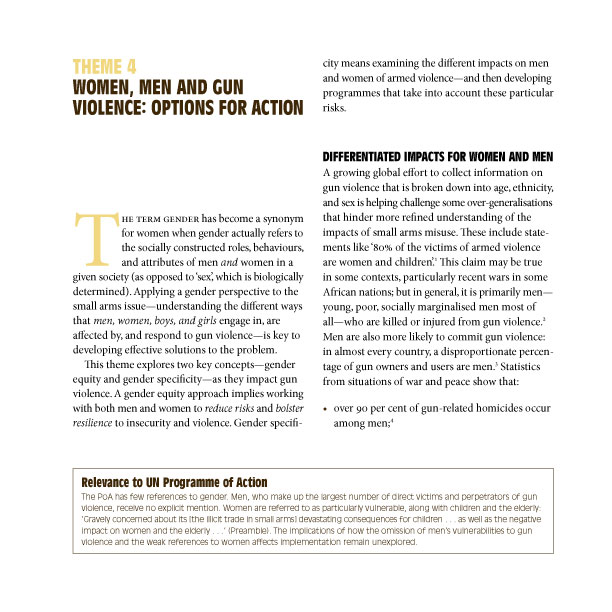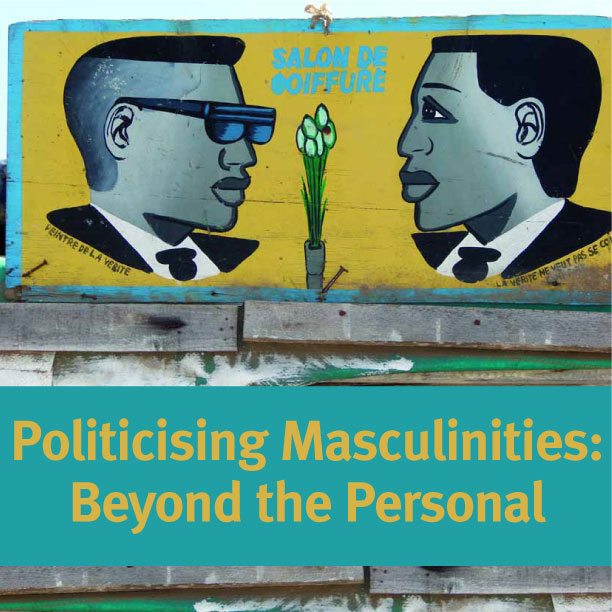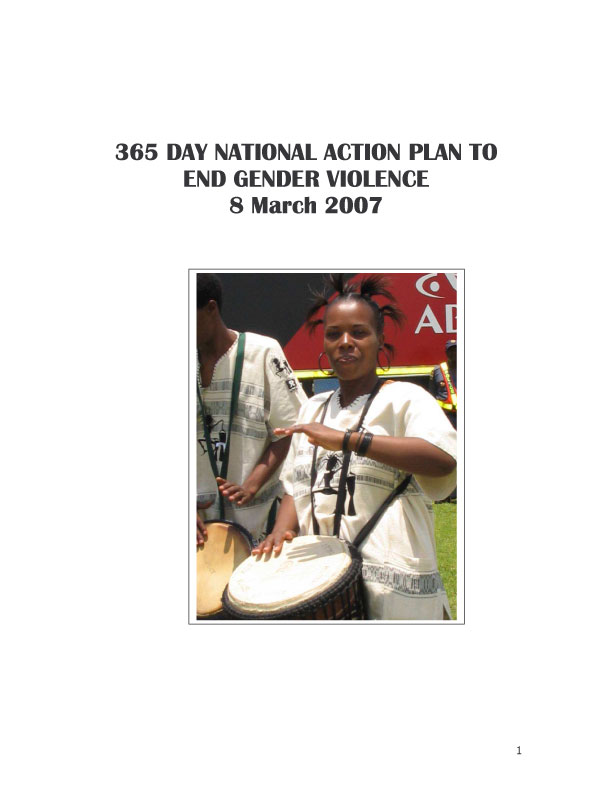Violence against women and girls (VAWG) and HIV/AIDS represent two of the greatest dangers to the health, well-being and productivity of women worldwide. Threats and violence limit women’s ability to negotiate safer sex and to control the terms of their sexual encounters. Women and girls are two to four times more likely to contract HIV during unprotected sex than men because their sexual physiology places them at a higher risk of injury, and because they are more likely to experience violent or coercive sexual intercourse. Because violence against women and HIV/AIDS are mutually reinforcing pandemics, the need and the opportunity for integrated approaches addressing their intersection is increasingly evident.
Together We Must! is organized around four broad-based strategies for tackling the intersection: community mobilization to transform harmful gender norms; engagement of marginalized groups that are often more vulnerable to the twin pandemics; development of integrated approaches to support and care; and advocacy for greater accountability among funding agencies and policy makers. Together, these strategies offer valuable lessons and promising practices for other organizations and highlight the need for formal evaluations of initiatives to better understand and enhance their impact.
